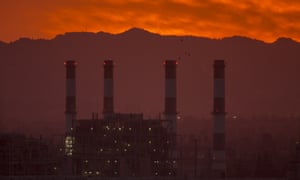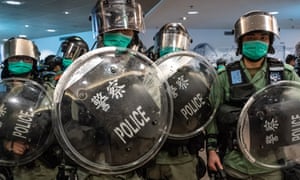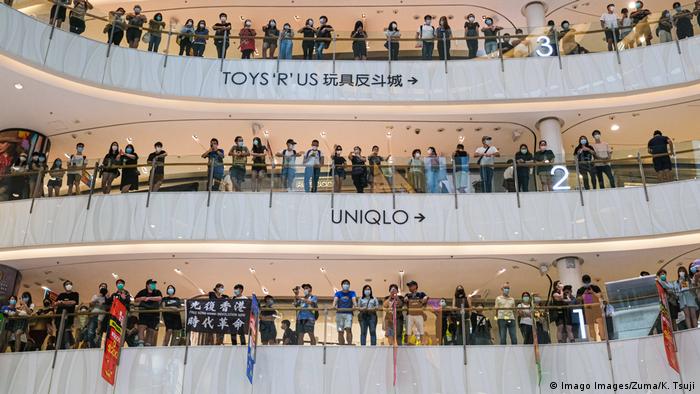Coronavirus is exacerbating America’s hunger crisis
Food banks and SNAP are completely overwhelmed right now.
By Li Zhouli@vox.com May 11, 2020
/cdn.vox-cdn.com/uploads/chorus_image/image/66779050/GettyImages_1212168407.0.jpg)
The images of thousands of cars, lined up bumper-to-bumper on otherwise-empty freeways, capture the shocking scale of the nation’s hunger crisis.
In San Antonio, Texas, 10,000 people waited for hours to receive meal boxes from a regional food bank in April. In Pittsburgh, Pennsylvania, hundreds of families have been showing up for weekly food pickups at the PPG Paints Arena. And in Sunrise, Florida, cars stretched for nearly two miles, while people waited at a Feeding South Florida food bank site.
The demand at food banks across the country has skyrocketed in recent weeks — increasing by as much as 600 percent at some — underscoring just how expansive the effects of the economic downturn have been: As of early May, more than 30 million people had filed for unemployment in just six weeks.
Hundreds of cars wait to receive food from the Greater Community Food Bank in Duquesne. Collection begins at noon. @PghFoodBank @PittsburghPG pic.twitter.com/94YFaO7dqX— Andrew Rush (@andrewrush) March 30, 2020
That means growing food insecurity in a nation where millions of people were already struggling to get sufficient food each month.
According to a 2014 Washington Post report, roughly 46 million people — or one in seven US residents — depended on food banks or meal service programs annually prior to the coronavirus pandemic. And in 2019, about 38 million people used the US Department of Agriculture’s Supplemental Nutrition Assistance Program (SNAP), according to the Center on Budget and Policy Priorities.
These numbers are now seeing a major uptick.
“The need in our state has gone from 800,000 Washingtonians before Covid to 1.6 million people,” says Christina Wong, the public policy director at Northwest Harvest, a food bank that serves Washington state. States including Texas, New York, and Louisiana have seen applications for SNAP double or more, Yahoo News reports.
RELATED
The current hunger crisis in the US, in photos
It’s a trend apparent across the country — and yet another one that reveals the vast holes in the government safety net. With SNAP unable to cover the overwhelming needs that have emerged, food banks (which have dubious corporate ties of their own) have stepped in to help support those who fall through.
“Food banks are the safety net under the safety net,” Andy Fisher, a food security expert and author of Big Hunger, tells Vox.
SNAP wasn’t providing enough money before the crisis — and it definitely isn’t now
One of the main problems this crisis has emphasized is just how tenuous America’s social safety net really is — and this is certainly the case with SNAP.
Even before the crisis, the amount SNAP was providing to individuals and families receiving benefits was often not enough to cover a month’s worth of groceries. This shortage is by design: the help is intended to be “supplemental” in nature. Because of this, however, many people have had to turn to food banks in the past to make up the difference. According to a 2016 study from the USDA, almost a third of SNAP recipient families visited a food bank every month. Currently, even more must do so.
:no_upscale()/cdn.vox-cdn.com/uploads/chorus_asset/file/19948439/GettyImages_1220243530.jpg)
People wait in line at a pop-up food pantry at the Bayview Opera House in San Francisco, California, on April 20. Scott Strazzante/The San Francisco Chronicle/Getty Images
:no_upscale()/cdn.vox-cdn.com/uploads/chorus_asset/file/19954426/GettyImages_1210776136.jpg)
Cars line up at a drive-thru food bank at the Baldwin Hills Crenshaw shopping center in Los Angeles on April 17. Genaro Molina/Los Angeles Times/Getty Images
“The biggest weakness in SNAP is the amount of benefits — the degree to which they are inadequate,” says Ellen Vollinger, the legal director at the Food Research and Action Center. “It’s why food banks report that they serve a lot of SNAP customers.”
Like other safety net programs, SNAP limits the number of people who can participate in it based on criteria like income and work requirements. To qualify, individuals’ and families’ gross monthly income needs to be at 130 percent of the poverty line or below, coming out to $1,354 for an individual and $2,790 for a family of four.
“Able-bodied” individuals without dependents between the ages of 18 and 49 also need to either participate in a job training program or work 20 hours a week, on average, in order to use the program for more than three months, every three years. There is currently a waiver on the three-month limit previously put on these benefits, in light of the ongoing pandemic. And while the Trump administration has tried to make such restrictions even more stringent, these rule changes remain tied up in court.
Because of its limits on benefits and eligibility, SNAP ends up being insufficient to address the needs of some households, while cutting out others completely. According to a 2018 study from Feeding America, a network of 200 food banks across the country, these nonprofits serve as the only recourse for many families who can’t afford food — but don’t qualify for SNAP.
Benefits vary based on income and household size; according to CBPP, individuals received an average of $127 per month in 2018, and households overall received an average of $256 per month. The maximum amount individuals can currently receive is $194 per month, and the maximum amount a family of four can receive is $646 per month. On average, people on SNAP in 2018 had just $1.40 to spend per meal, CBPP estimates.
Currently, because of a provision lawmakers approved in the Families First Coronavirus Response Act, states are working on automatically providing the maximum benefit to all individuals and families as one way to address income shortfalls they may be experiencing.
:no_upscale()/cdn.vox-cdn.com/uploads/chorus_asset/file/19954416/GettyImages_1217210567.jpg)
Vehicles line up at the Feeding South Florida food bank in Sunrise, Florida, on April 6. Joe Raedle/Getty Images
Experts tell Vox that SNAP benefits overall have not kept pace with increased living costs — and that this gap is even more evident during the pandemic, when individuals may be relying on SNAP more and people are being told to stockpile groceries for longer periods.
“It’s real hard by the end of the month,” Joseph, a 59-year-old SNAP recipient in Baltimore, Maryland, told Vox. “By the time the check comes, it goes. ... I’m usually always broke.” In 80 percent of cases, the SNAP benefits households receive are spent in two weeks.
“We and many economists and policymakers recommend raising SNAP benefits and modestly expanding eligibility to address the effects of COVID-19 until the economy shows solid signs of recovering from the downturn,” CBPP senior fellow Dottie Rosenbaum writes in a blog post.
During the pandemic, applications for SNAP have gone more smoothly for many people than similar processes for unemployment insurance, though there have still been delays. Typically, states have to let people know if they qualify for the program within 30 days, and send them an Electronic Benefit Transfer card — which can be used to buy groceries — within seven to 10 days. But, as with other overwhelmed safety net programs, many places are seeing a logjam.
Jennifer, a SNAP applicant in Newark, New Jersey who’d been recently laid off, told Vox she was increasingly anxious while waiting for her EBT card, as she also tried to apply for unemployment. “In the richest country in the world, are we only going to hand out 1,200 [dollars] and assure everything is going to be okay? It is unfair,” she said.
Food banks are completely slammed right now
Because SNAP isn’t accessible to all households affected by the economic downturn — and doesn’t provide enough money even for those who can use it — food banks are now trying to fill in a much bigger gap than they usually have to deal with. As millions of people grapple with unemployment and business closures, they’re using food banks in order to address shortfalls.
“What’s been so challenging for food banks is that we’ve had this really dramatic and heartbreaking increase in need,” says Leslie Bacho, CEO of Second Harvest of Silicon Valley. “Fifty percent of people haven’t gotten help before.”
:no_upscale()/cdn.vox-cdn.com/uploads/chorus_asset/file/19954442/GettyImages_1210025771.jpg)
Jose Lopreto is directed by Cinthya Torres at a pop-up food pantry in Chelsea, Massachusetts, on April 14. Erin Clark/Boston Globe/Getty Images
:no_upscale()/cdn.vox-cdn.com/uploads/chorus_asset/file/19948449/GettyImages_1210072417.jpg)
Volunteers in Miami, Florida, organize groceries to be distributed at a drive-thru site on April 15. Eva Marie Uzcategui Trinkl/Anadolu Agency/Getty Images
:no_upscale()/cdn.vox-cdn.com/uploads/chorus_asset/file/19948456/GettyImages_1222093363.jpg)
PennDOT workers pack boxes of emergency food at Helping Harvest in Sinking Spring, Pennsylvania, on April 30. Lauren A. Little/MediaNews Group/Reading Eagle/Getty Images
:no_upscale()/cdn.vox-cdn.com/uploads/chorus_asset/file/19948517/GettyImages_1209890190.jpg)
People line up at a food bank in Waltham, Massachusetts, on April 11. Many people who use food banks are also SNAP recipients; however, the benefits rarely cover a full month of groceries. Erin Clark/Boston Globe/Getty Images
Those increases have been staggering at many organizations. Bacho says the group is serving roughly 100,000 more people than before the pandemic. Eric Cooper, president of the San Antonio Food Bank, notes the organization’s sites went from serving 60,000 people a week to 120,000 a week. And Anna Kurian, senior communications director at the North Texas Food Banks, says they’ve distributed 6 million pounds of food in about a month, compared to 1.5 million pounds in the prior two months.
Such huge amounts of need mean food banks have had to significantly increase the supply of food they have, and purchase much more than they normally would — leading to a massive uptick in their costs.
Wong, of Northwest Harvest, estimates that the food bank went from purchasing 10 percent of its food to 90 percent. This additional cost is putting pressure on food bank budgets, and for some, an uptick in donations isn’t enough to cover it. Feeding America expects to see a shortfall of $1.4 billion in the next six months, according to the New York Times.
What policy changes would help
There are several proposals in Congress aimed at improving the existing SNAP program — by making it more comprehensive and flexible. They likely face a roadblock from Republicans, who have expressed little interest in them, and even if they do make it into the next stimulus, that bill could be weeks away. If approved, though, these proposals could provide more comprehensive food aid and relieve some of the demand food banks are encountering.
Boosting SNAP also has noticeable economic impacts, since this money not only helps people afford food they need, but the spending goes right back to retailers, and has a multiplier effect as a result. Moody’s Analytics has found that every additional dollar of SNAP funding that people can access translates to a $1.70 boost in the economy.
:no_upscale()/cdn.vox-cdn.com/uploads/chorus_asset/file/19948493/GettyImages_1209563214.jpg)
A whiteboard displays what to include as volunteers pack up boxes of food to be distributed at the Capital Area Food Bank in Washington, DC, on April 9. Drew Angerer/Getty Images
The changes lawmakers are pushing include a 15 percent expansion in the maximum SNAP benefit, which would be a direct and quick way to offer more support to millions of people.
“During the Great Recession, Congress made SNAP more generous” using the Recovery Act of 2009, says Duke University public policy professor Anna Gassman-Pines. “The evidence is that this helped a lot of people weather the recession and the same thing could be done now.”
That 13.6 percent increase on the maximum monthly benefit in 2009 was found to have a tangible effect on reducing food insecurity for households near the poverty line. According to FRAC, data also shows that families receiving the expanded benefit didn’t use them up until later in the month.
There’s a push, too, for more flexibility around how SNAP benefits can be used. Only a few states enable recipients to use SNAP at restaurants, or for online delivery, for example. Expanding both of these options could greatly widen how the program can help families during the pandemic, especially when shopping in person at stores can prove challenging for people who are more vulnerable to the coronavirus.
Democrats have made the expansion of SNAP a key priority for the upcoming stimulus package, though they’ve yet to pick up Republican support. If they can, it could prove to be one of the quickest ways to get stimulus help directly to people who sorely need it.
:no_upscale()/cdn.vox-cdn.com/uploads/chorus_asset/file/19948476/GettyImages_1221648310.jpg)
People wait in line to receive food at a food bank in Brooklyn, New York, on April 28. Spencer Platt/Getty Images

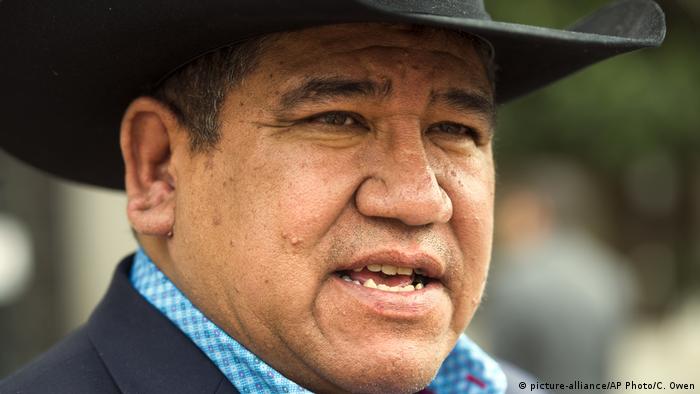
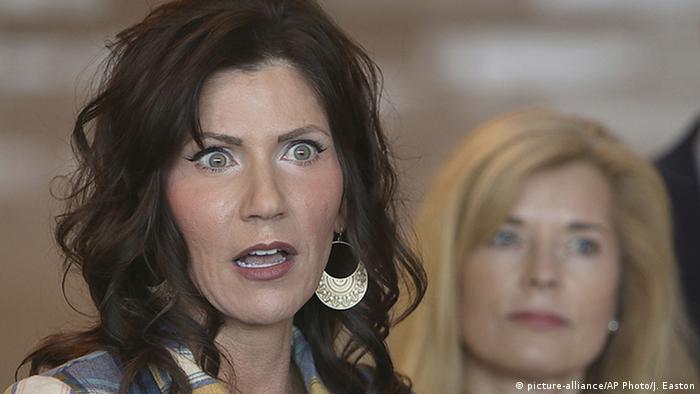


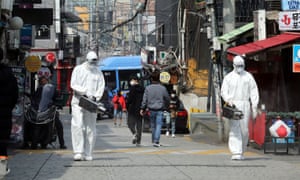
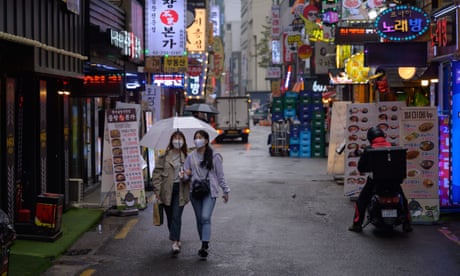
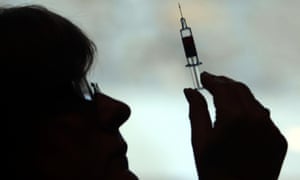

/cdn.vox-cdn.com/uploads/chorus_image/image/66708104/GettyImages_1210348504.0.jpg)



